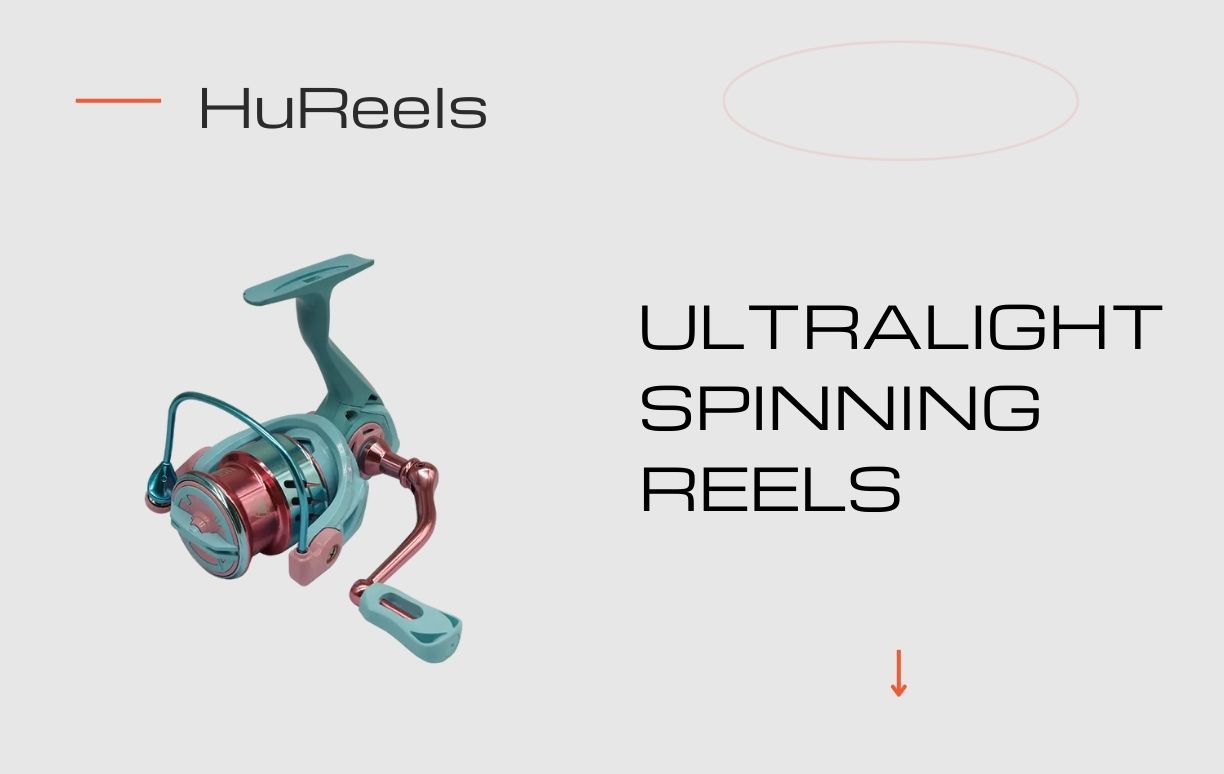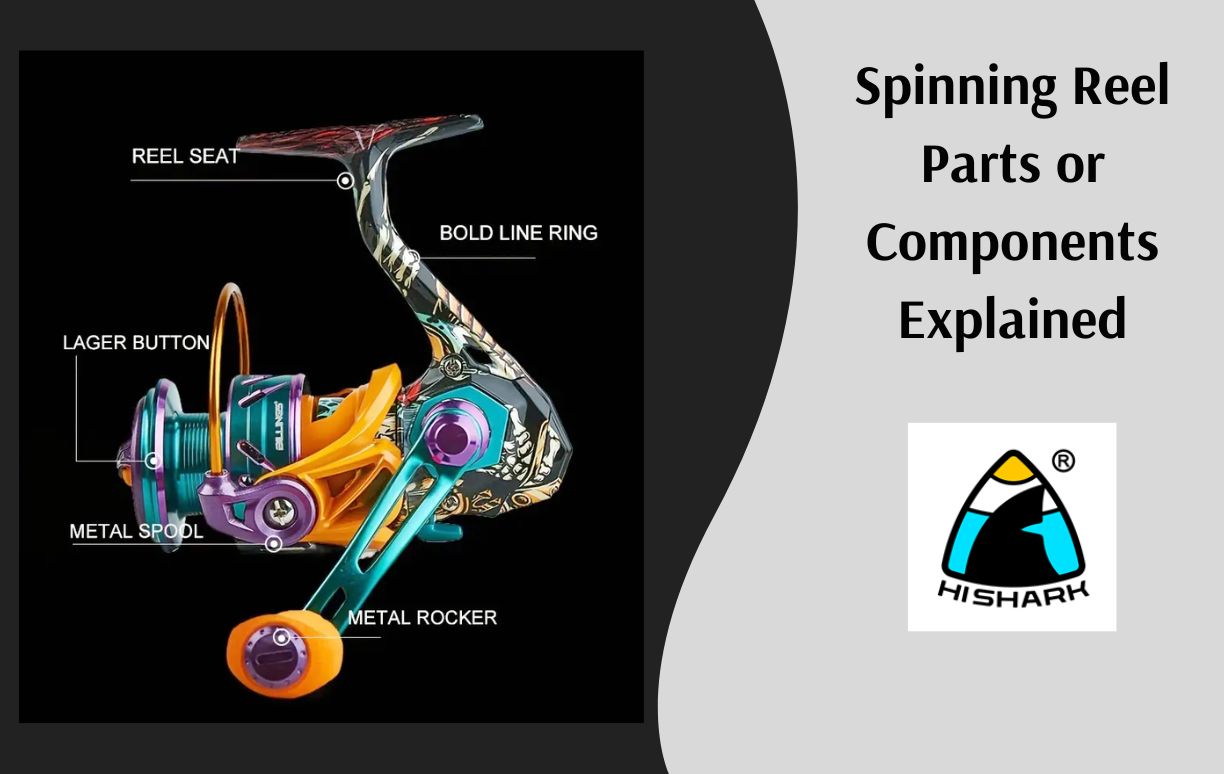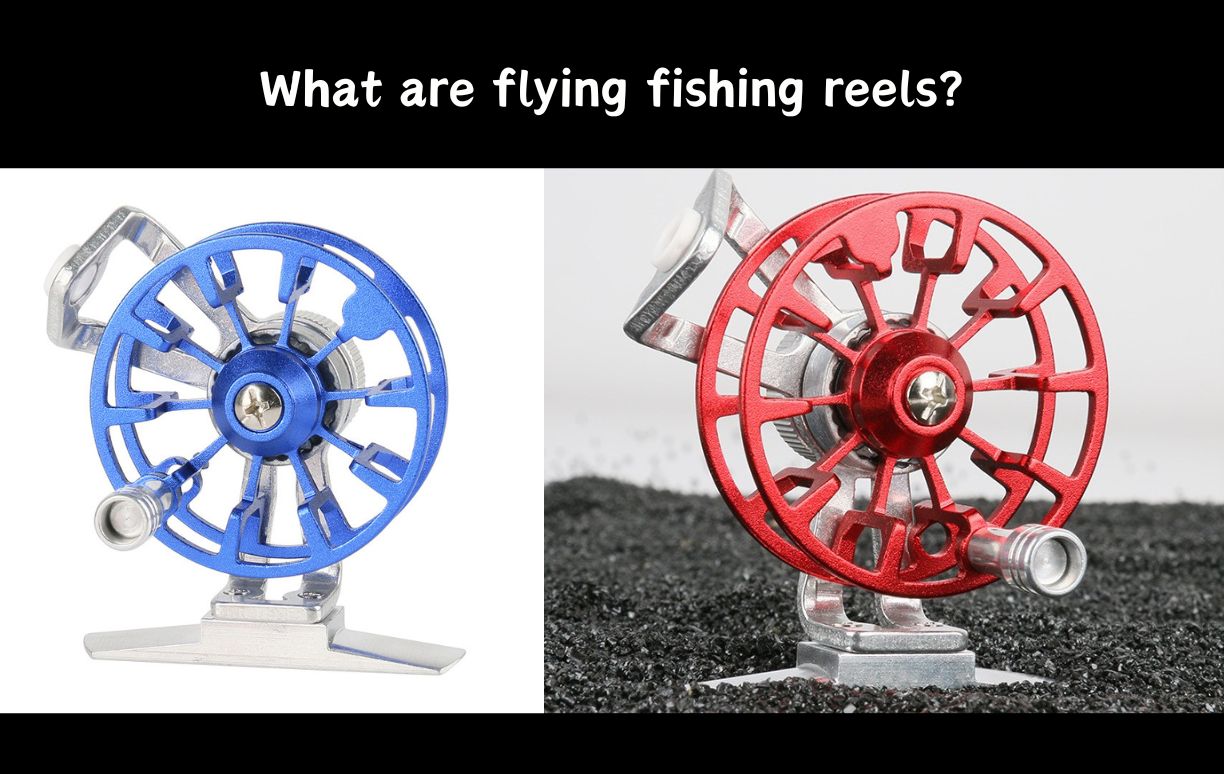Saltwater Baitcasters: A Full Guide in 2024
Saltwater Baitcasters: A Full Guide in 2024
November 25, 2025

What are Saltwater baitcasters?
Saltwater baitcasters are essential for serious anglers targeting ocean species. Saltwater reels handle the harsh conditions of saltwater fishing effectively. They resist corrosion and provide the strength needed for big catches. With saltwater baitcasters, you get precise casting control and powerful drag systems. This helps when battling strong fish.
Manufacturers optimize the gear ratios for quick retrieves. This is crucial when you’re in deep waters. Using a baitcaster increases your chances of landing trophy fish. They are built tough, ensuring durability over multiple seasons. Many models feature advanced technologies. These include anti-reverse switch systems and smooth ball bearings. This ensures reliable performance every time.
Saltwater baitcasters are a top choice for anglers wanting quality and reliability. They are perfect for both inshore and offshore fishing adventures. Upgrade your fishing gear with a saltwater baitcaster for superior results.
Introduction
Saltwater baitcasters are specialized fishing reels designed for use in ocean environments. They offer precision and power, making them ideal for catching big, strong fish. This guide will explain what makes baitcasters unique, how they work, and why they are a favorite among experienced anglers.
Key Features of Saltwater Baitcasters
Corrosion Resistance: Saltwater baitcasters are made with materials that resist rust and corrosion. Common materials include stainless steel, anodized aluminum, and special coatings. These components ensure the reel lasts longer in harsh conditions.
Strong Drag Systems: The drag system in saltwater baitcasting reels is designed to handle powerful fish. It provides smooth resistance, preventing the line from snapping when a fish pulls hard. This feature is crucial for maintaining control during a fight.
High Line Capacity: Saltwater baitcasters can hold a large amount of fishing line. This is important for deep-sea fishing and fighting large, fast-swimming fish. High line capacity guarantees that you have adequate line to complete extended runs.
Durable Gears: The gears in saltwater baitcast reels are built for durability. They are often made from brass or hardened steel. These gears withstand heavy use and maintain performance under pressure.
Powerful Retrieval: Saltwater baitcasters have high gear ratios. This means they retrieve the line quickly. Quick retrieval is essential for reeling in fast-swimming fish and maintaining tension on the line.
Why Choose Saltwater Baitcasters?
Strength: Saltwater baitcasting reels handle big, powerful fish. They are perfect for species like tuna, marlin, and tarpon. The strength of these reels gives you an advantage when targeting large fish.
Durability: These reels are designed to resist the corrosive effects of saltwater. With proper maintenance, they offer long-lasting performance. Durability is key for anglers who fish frequently in the ocean.
Versatility: Saltwater baitcasting reels are versatile. They work well for various fishing techniques, including trolling, bottom fishing, and casting. Because of their versatility, they are an excellent complement to any angler’s gear.
How to Use Saltwater Baitcasters
Spooling the Reel: Start with a strong, abrasion-resistant line. Fill the spool to the recommended level. Correctspooling minimizes line tangles and allows for easy casting.
Setting the Drag: Adjust the drag to match the target species. Pull on the line to see how much drag there is. It should offer smooth resistance without being overly tight or slack.
Casting: Practice short casts to get comfortable. To avoid backlash, manage the spool with your thumb. Proper casting technique is crucial for accuracy and distance.
Retrieving: Use a steady, smooth motion to retrieve the line. Change the pace dependent on the fish’s behavior. Smooth retrieval helps maintain tension and reduces the risk of losing the fish.
There is one post about comparing baitcaster vs spinning reel for your review.
Maintenance Tips
Rinse After Use: Rinse your reel with fresh water after each trip. This eliminates salt and detritus, which can cause rusting. Regular rinsing is a simple way to extend the life of your reel.
Lubricate Moving Parts: Use reel oil on the pinion gears and fishing reel ball bearings. Lubrication keeps everything running smoothly. Regular maintenance prevents wear and tear.
Inspect Regularly: Check your reel for signs of wear or damage. Replace worn parts to maintain performance. Regular inspections help catch problems early.
Common Problems and Solutions
Backlash: Backlash occurs when the spool spins too fast. Adjust the brake system and practice thumb control to reduce backlash. Consistent practice improves casting technique.
Corrosion: Corrosion is caused by saltwater exposure. Rinse thoroughly and apply protective coatings to prevent corrosion. Proper care keeps your reel in good condition.
Line Twist: Line twist happens when the line is not properly spooled. Re-spool the line carefully to avoid twists. Proper spooling ensures smooth casting and retrieval.
Choosing the Right Saltwater Baitcaster
Consider the Target Species: Match the reel to the size and strength of the fish. Choose a reel that can handle the species you are targeting.
Think About Your Fishing Style: Select a reel that suits your preferred techniques. Consider whether you will be trolling, bottom fishing, or casting.
Check the Gear Ratio: Higher gear ratios are for fast retrieval. Lower gear ratios provide more power. Select a gear ratio that meets your needs.
Benefits of Using Saltwater Baitcasting Reels
Improved Casting Accuracy: Saltwater baitcasters allow for precise placement of lures. This accuracy is important for targeting specific fish.
Greater Control: These reels offer better handling of big fish. Greater control helps you land more fish.
Enhanced Performance: Saltwater baitcasters are designed to withstand tough conditions.They deliver dependable performance in demanding settings.
Tips for Beginners
Start with Practice: Get comfortable with the reel in a controlled environment. Practice casting and retrieving to build confidence.
Learn to Adjust the Brakes: Proper brake settings reduce the risk of backlash. Understanding the brake system is crucial for smooth casting.
Use Heavier Lines: Heavier lines are easier to manage and less likely to snap. Start with a 10-12 lb monofilament line.
Of course you also can refer to spinning reel tips and tricks for comparison.
Advanced Techniques
Trolling: Slowly drag bait behind a moving boat. Trolling is an excellent method for obtaining large, predatory fish.
Jigging: Move the lure up and down to attract fish. Jigging is great for bottom-dwelling species.
Casting and Retrieving: Cast lures and retrieve them at varying speeds. Mimic the movement of prey to entice strikes.
Conclusion
Saltwater baitcasters are essential tools for serious anglers. They provide the strength, durability, and control needed for successful saltwater fishing. Whether you’re targeting tuna, marlin, or tarpon, a quality baitcaster will enhance your fishing experience. With the right reel, proper maintenance, and practice, you’ll be well-equipped to tackle the challenges of the ocean. Happy fishing!


















